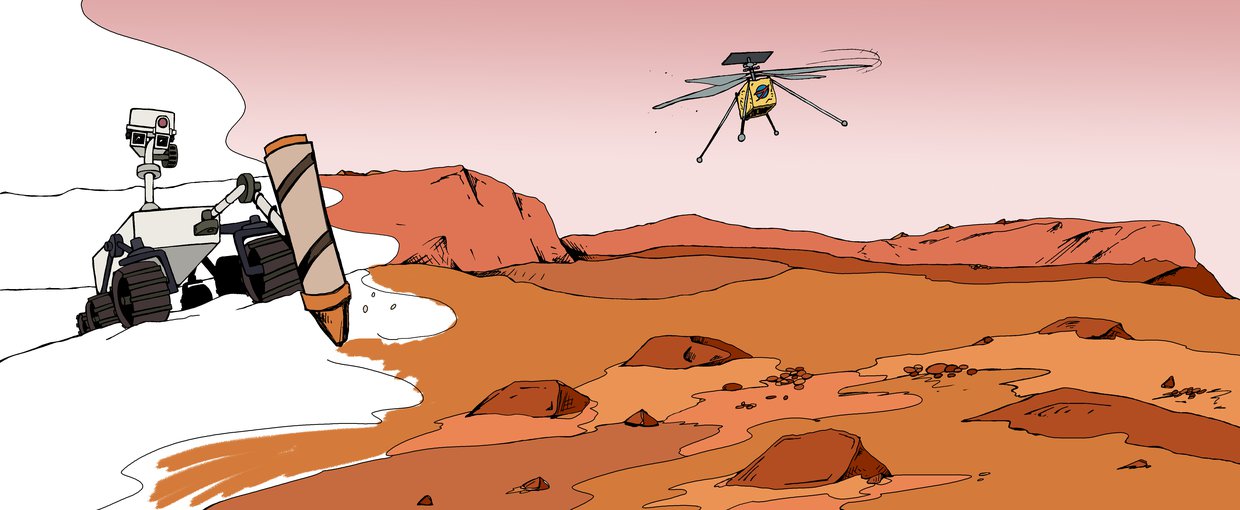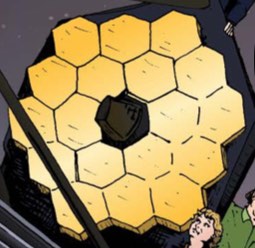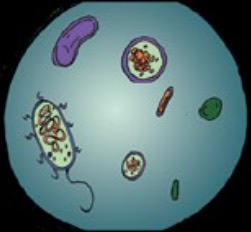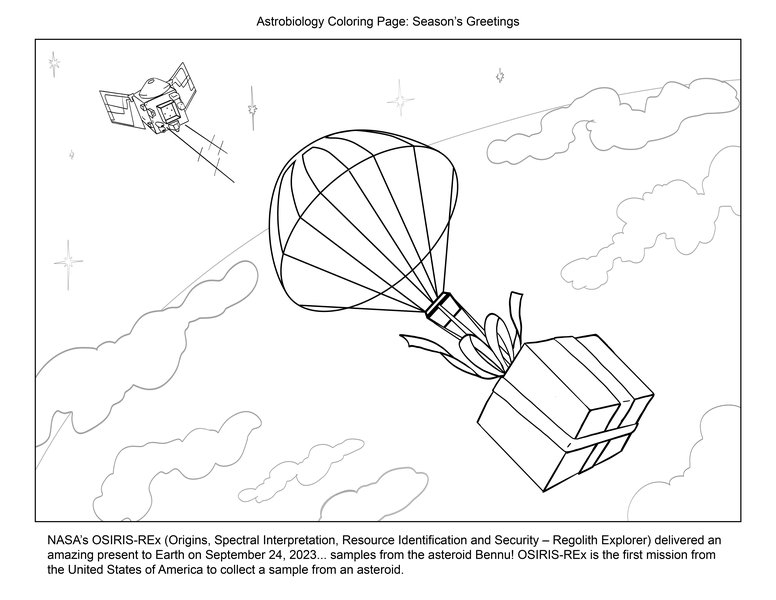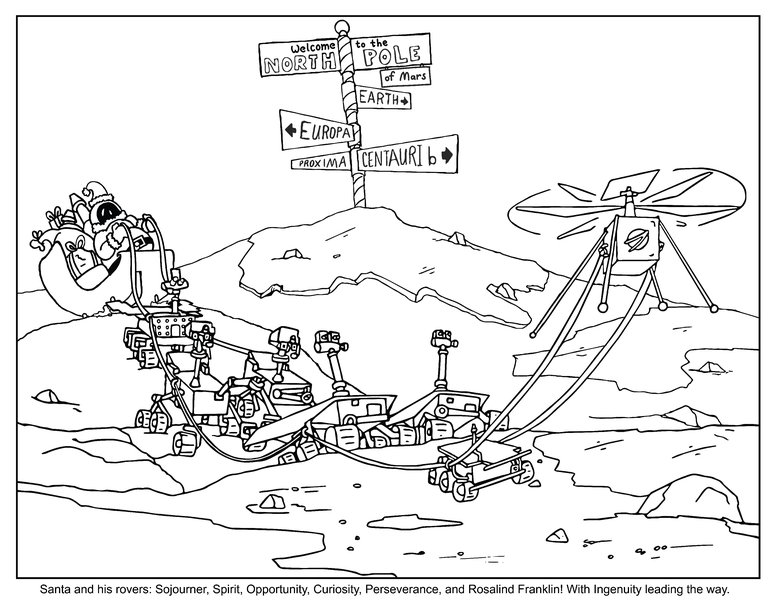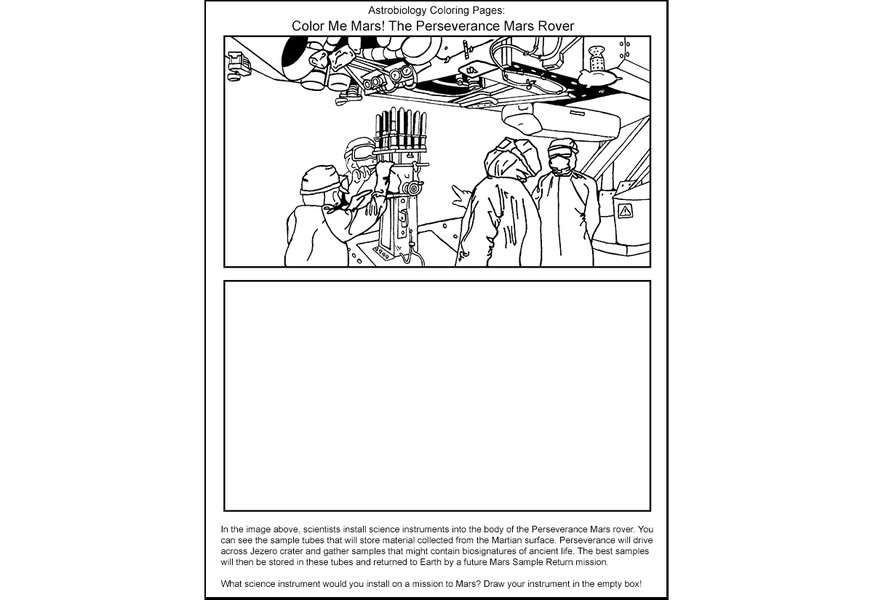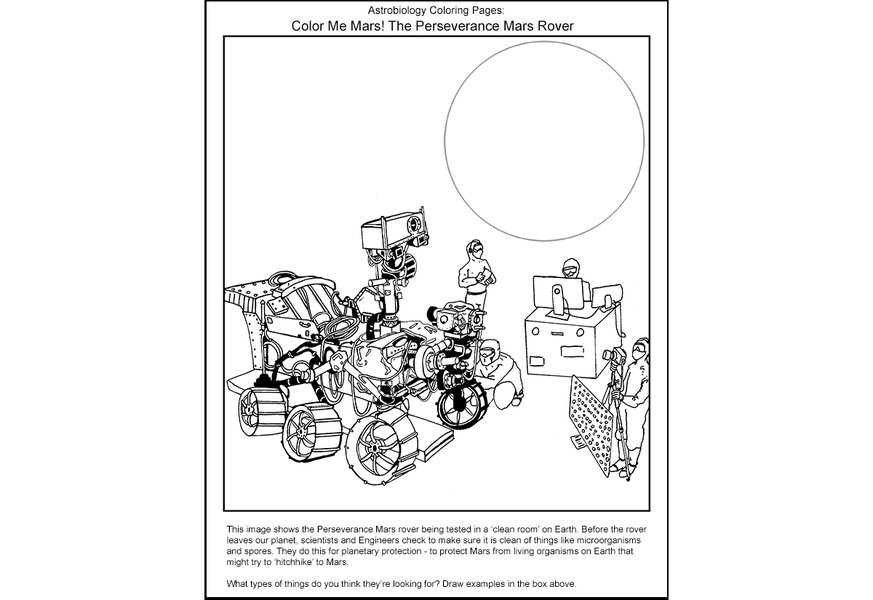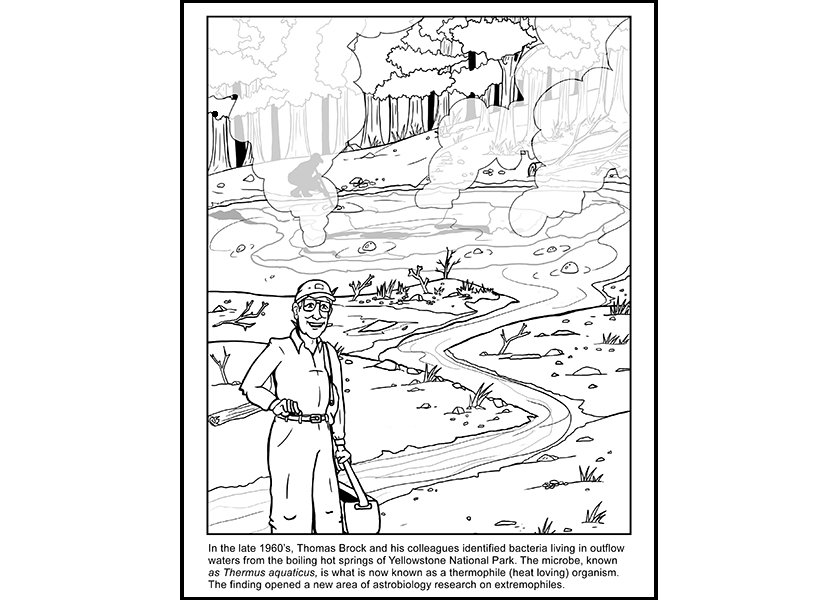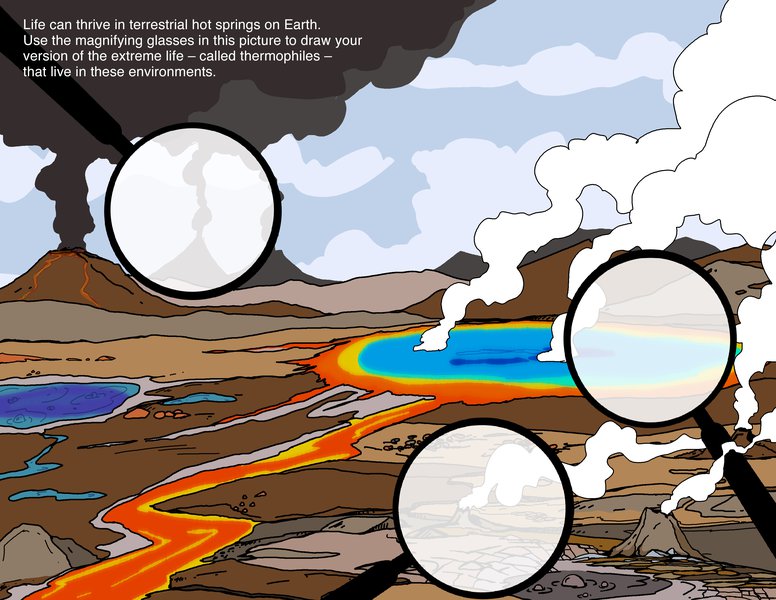OSIRIS-REx Samples an Asteroid!
Download free coloring pages based on NASA’s Origins, Spectral Interpretation, Resource Identification, and Security-Regolith Explorer, or OSIRIS-REx, spacecraft! The artwork has been adapted from the Astrobiology Graphic Histories, and features the spectacular mission of OSIRIS-REx to collect samples from the asteroid Bennu and return them to scientists on Earth. Files are available as pdf files or png images.

